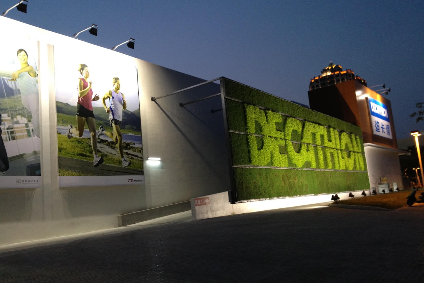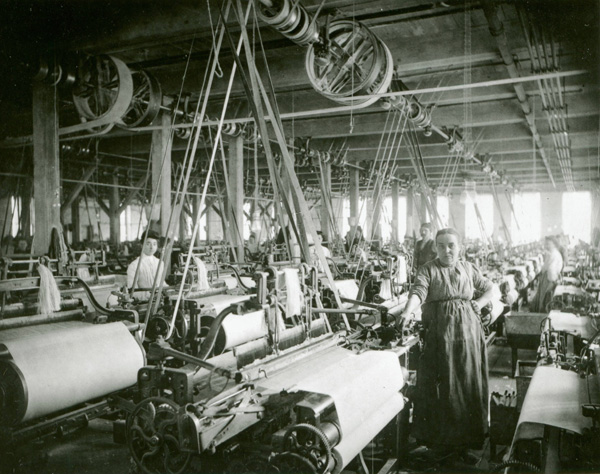
An A-2-z On Efficient [textile Testing] Solutions
Some Ideas For Consideration On Swift Products In

India's Stock-to-use Ratio to Fall Further: The stable supply and rise in global demand will lower carry-over stock for the coming season and reduce the stock-to-use ratio. The Cotton Association of India has estimated the closing stock for 2017-2018 to shrink to 1.6 million bales (2016-2017: 3.0 million bales, 2015-2016: 4.50 million bales) and the stock to use ratio to 5% (10%, 15%). Cotton Textile Margins to Remain Stable: Despite the firm cotton prices, Ind-Ra expects margins across the cotton value chain to remain more or less stable; primarily because a sustained demand from the end-user segments will allow manufacturers to pass on the price rise. Cotton yarn prices even displayed an uptick in April-May 2018. Synthetics Margins Under Pressure: India's synthetic textile players could witness a material margin contraction during FY19, due to their inability to pass on the price rise of crude oil-based raw materials, owing to the prevailing overcapacity domestically. Within the synthetic segment, exporters and integrated players will be better placed to absorb a higher input cost, while standalone spinning units may be the most impacted. Credit Profiles to Moderate for Man-Made Textiles: Within Ind-Ra's rating universe, the credit profiles of synthetic textile players (particularly non-integrated yarn manufacturers) are likely to moderate on account of lower profit margins and higher working capital requirements. While cotton textile players will continue to witness a high input cost, a robust demand may allow them to pass on the same to their customers, thereby protecting their margins. Nonetheless, demand from the end-user segments remains a key monitorable for the margin to sustain.
For the original version including any supplementary images or video, visit https://www.business-standard.com/article/news-cm/ind-ra-input-prices-to-remain-high-for-textile-sector-118063000231_1.html
 ทดสอบสิ่งทอ textile testing laboratory
ทดสอบสิ่งทอ textile testing laboratory


No comments:
Post a Comment